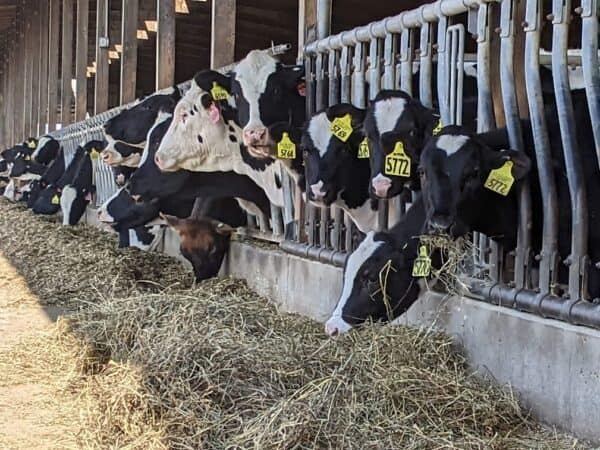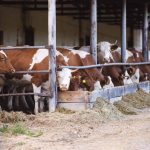
Paul Cornette milks 425 cows with his brother in Wisconsin and relies on the Dairy Coverage Program and Dairy Revenue Program for up to a year of insurance coverage.
“That makes consistency in implementing and funding these programs critical to avoid costly lapses in coverage, missed buying opportunities, or simply poor purchases that end up being wasted money,” he says.
Brian Hemann operates farms in Southwestern Kansas and the Oklahoma Panhandle and says the 2018 Agriculture Improvement Act changing milk pricing formulas negatively impacted producers.
“The current formula disrupts blend prices forecasting due to the significant increase in the incidence of de-pooling and hinders my effective hedging against the blend price, causing instability and financial vulnerability,” he says.
Christina Zuiderveen operates dairy farms in Iowa and South Dakota with her family who milk 15,000 cows. She and Cornette agree updating milk price formulas, as proposed by Edge Dairy Cooperative, would better reflect the current product mix and create more risk predictability.
“Having the ability to estimate our longer-term income helps us make better decisions on our farm today so that we can reach our growth goals in the future,” she shares. “Any lapse in the coverage through this program can negatively affect us and many other farms.”























